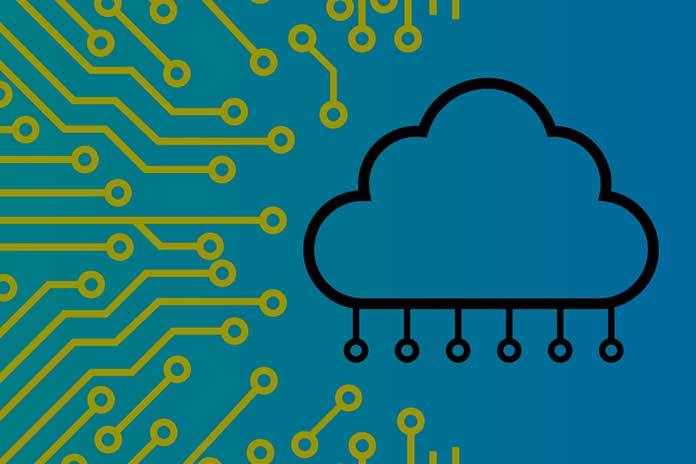Characteristics Of Cloud Computing
The tremendous attributes of distributed computing are:
- Self-administration: The cloud makes it conceivable to get on-request IT assets for practically any sort of assignment and handling. An end client – including a business client – can self-arrangement limits (for example, server time or capacity) without going through a manager who generally needs to arrange and deal with these IT assets.
- Elasticity: Businesses can scale up or down their cloud capabilities to match their changing needs. Therefore, it is no longer necessary to invest in large infrastructures, which can remain unused while waiting, for example, for peak inactivity. This characteristic is designated by the neologism: “scalability.”
- Pay-as-you-go: Resources – for example, computing power (or compute) – are measured at a more granular level, allowing the paper to pay only for the resources used.
- Resilience and replication: Cloud providers implement redundancy mechanisms to ensure the strength of their services (and their servers). User workloads are thus often replicated in several regions of the world (in several data centers distant from each other).
- Access via Internet: The user accesses his data (or transfers it) to the cloud from anywhere, regardless of his machine, as long as he has an Internet connection. The cloud, in theory, removes the need for a local app or client to install. Everything happens in the web browser.
- Multi-tenant and pooling of resources: The multi-tenant principle (unlike the single-tenant) consists in sharing the same physical infrastructures (server, storage, network) and the same applications between all customers (everyone has the same code and the exact version of the software), but preserving the confidentiality and security of everyone’s data. With this pooling of resources, cloud providers can achieve economies of scale. These pools are enormous and rely on flexible technologies (virtualization, containers, automation, etc.) to adapt to the demands of a large number of customers.
Benefits Of Cloud Computing
The cloud has several advantages:
- Cost savings: Companies do not have to invest in buying and maintaining equipment, which reduces their CAPEX accordingly. With the cloud, they no longer have to invest in hardware (server, switch, etc.), real estate (server rooms), monitor energy consumption, or build large data centers to meet the growth of their business. This also reduces the size of the IT teams accordingly.
- Mobility: Storing information in the cloud means users can access it from anywhere, with any device that has an internet connection. Users – including those who work remotely – can access company data via smartphones, laptops, or tablets. End users can quickly process, store, extract and retrieve resources in the cloud.
- Disaster Recovery ( DRP ): All businesses worry about data loss. Having your data in the cloud ensures that users can still access their data even if their devices are inoperable or stolen. Organizations can quickly recover their data in an emergency with cloud services, such as after a natural disaster, power outage, or ransomware attack.
Among the other advantages of the cloud, we can also cite the elasticity (or even the scalability of the previous point), security (which is provided by substantial technology companies – the GAFAMs – which have in-house plethoric specialized teams and are better armed than customers’ security teams), peace of mind (no longer need to deal with available updates, security patches, version upgrades, hardware changes) to refocus on value-added projects.
Finally, the cloud makes it possible to transform IT expenditure from capital investment (CAPEX) into the operational cost ( OPEX ).

